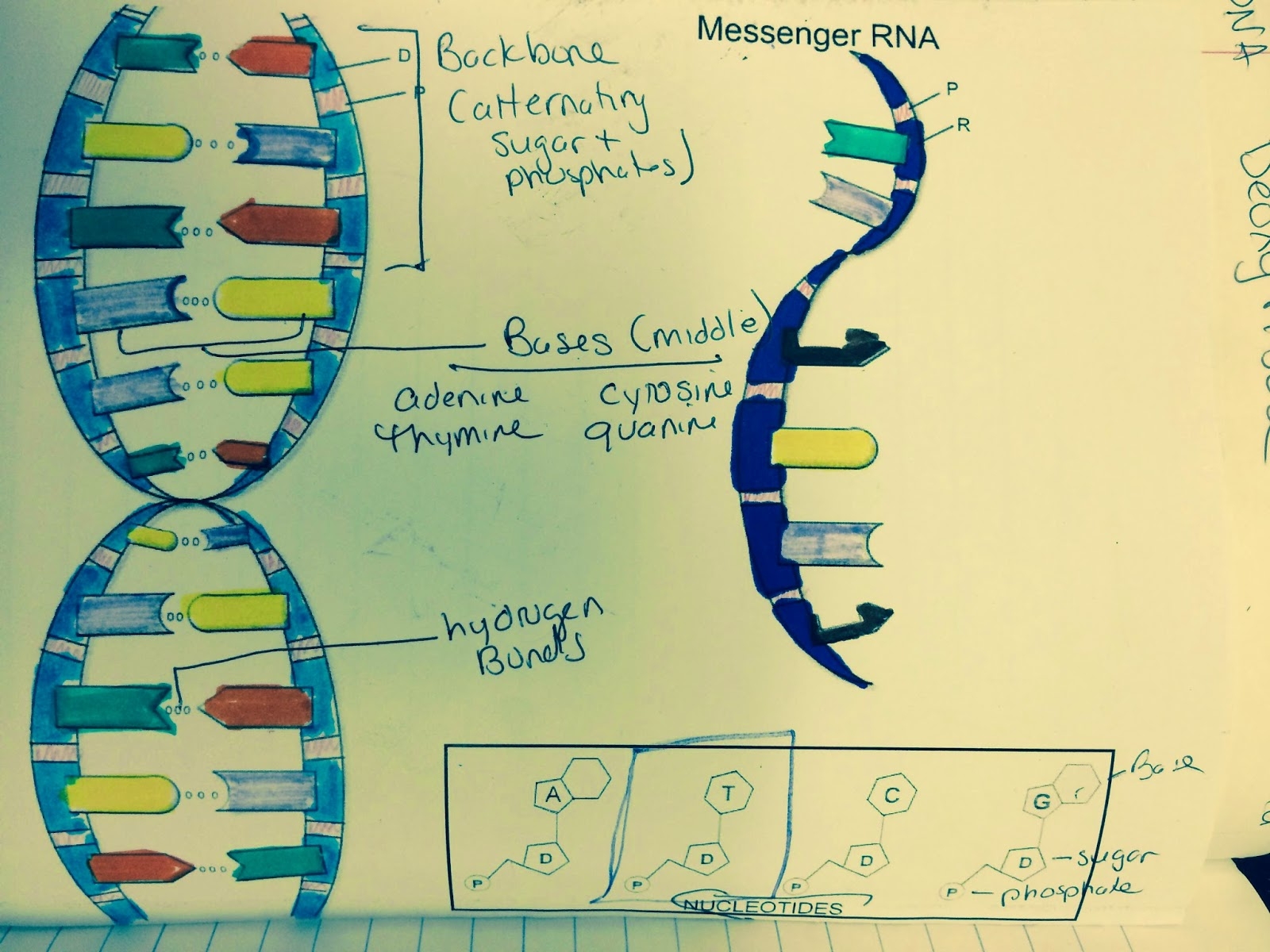Understanding the process of DNA replication is crucial in the field of biology. It is the process by which a cell makes an identical copy of its DNA before cell division. This ensures that each new cell receives a complete set of genetic information. One fun and engaging way to learn about DNA replication is through coloring worksheets.
Coloring worksheets are a great educational tool that helps students visualize and understand complex concepts like DNA replication. By coloring different components of the replication process, students can reinforce their understanding of the steps involved and the role of each component.
When using a DNA replication coloring worksheet, students can color the template to represent the different nucleotides, enzymes, and other molecules involved in the process. This hands-on activity can make learning about DNA replication more interactive and enjoyable for students.
One important aspect of DNA replication is the unwinding of the double helix structure of DNA by helicase enzymes. Students can color the helicase enzymes in the worksheet to understand their role in separating the two strands of DNA. They can also color the DNA polymerase enzymes responsible for synthesizing new DNA strands.
Another key step in DNA replication is the pairing of complementary nucleotides to the template DNA strand. Students can color the different nucleotides and their corresponding base pairs to understand how adenine pairs with thymine and cytosine pairs with guanine. This process ensures that each new DNA strand is an exact copy of the original.
Overall, DNA replication coloring worksheets are a fun and effective way for students to learn about the intricate process of DNA replication. By engaging in hands-on activities like coloring, students can better visualize and understand the complex molecular mechanisms involved in DNA replication.
In conclusion, DNA replication coloring worksheets are a valuable tool for teaching students about the process of DNA replication. By coloring the different components of the replication process, students can enhance their understanding and retention of the material. This interactive and engaging activity can make learning about DNA replication both fun and educational.
